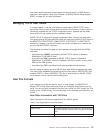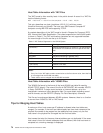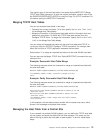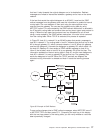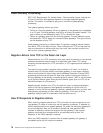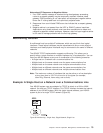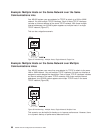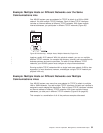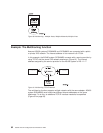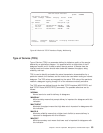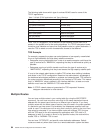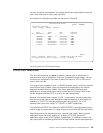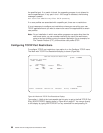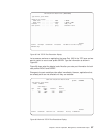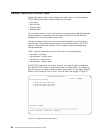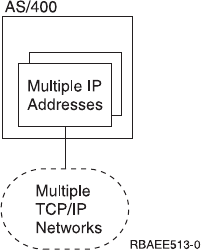
Example: Multiple Hosts on Different Networks over the Same
Communications Line
Your AS/400 system uses one adapter for TCP/IP to attach to a LAN or WAN
network. You add multiple TCP/IP interfaces. Each of these TCP/IP interfaces
includes an Internet address of different TCP/IP networks. With these multiple
Internet addresses, you participate in different TCP/IP networks (Figure 59).
Imagine a public X.25 network. With this physical network, you can run multiple
different TCP/IP networks, for example the company intranet, and connections with
business partners and service providers. For each of these different TCP/IP
networks, your AS/400 system must configure a unique Internet address.
Running multiple TCP/IP networks within a single local area network (LAN) is also
supported. In most situations, however, one designs a single TCP/IP network per
physical LAN only.
Example: Multiple Hosts on Different Networks over Multiple
Communications Lines
Your AS/400 system uses more than one adapter for TCP/IP to attach to multiple
LAN or WAN networks. You add multiple TCP/IP interfaces. At least one interface is
assigned to each adapter/line description. Each of these TCP/IP interfaces includes
an Internet address of different TCP/IP networks. With these multiple Internet
addresses, you take part in different TCP/IP networks (Figure 60 on page 82).
This example is a combination of all of the previous examples discussed.
Figure 59. Multihoming - Multiple Hosts, Multiple Networks, Single Line
Chapter 3. TCP/IP: Operation, Management, and Advanced Topics 81
|
|
|
|



